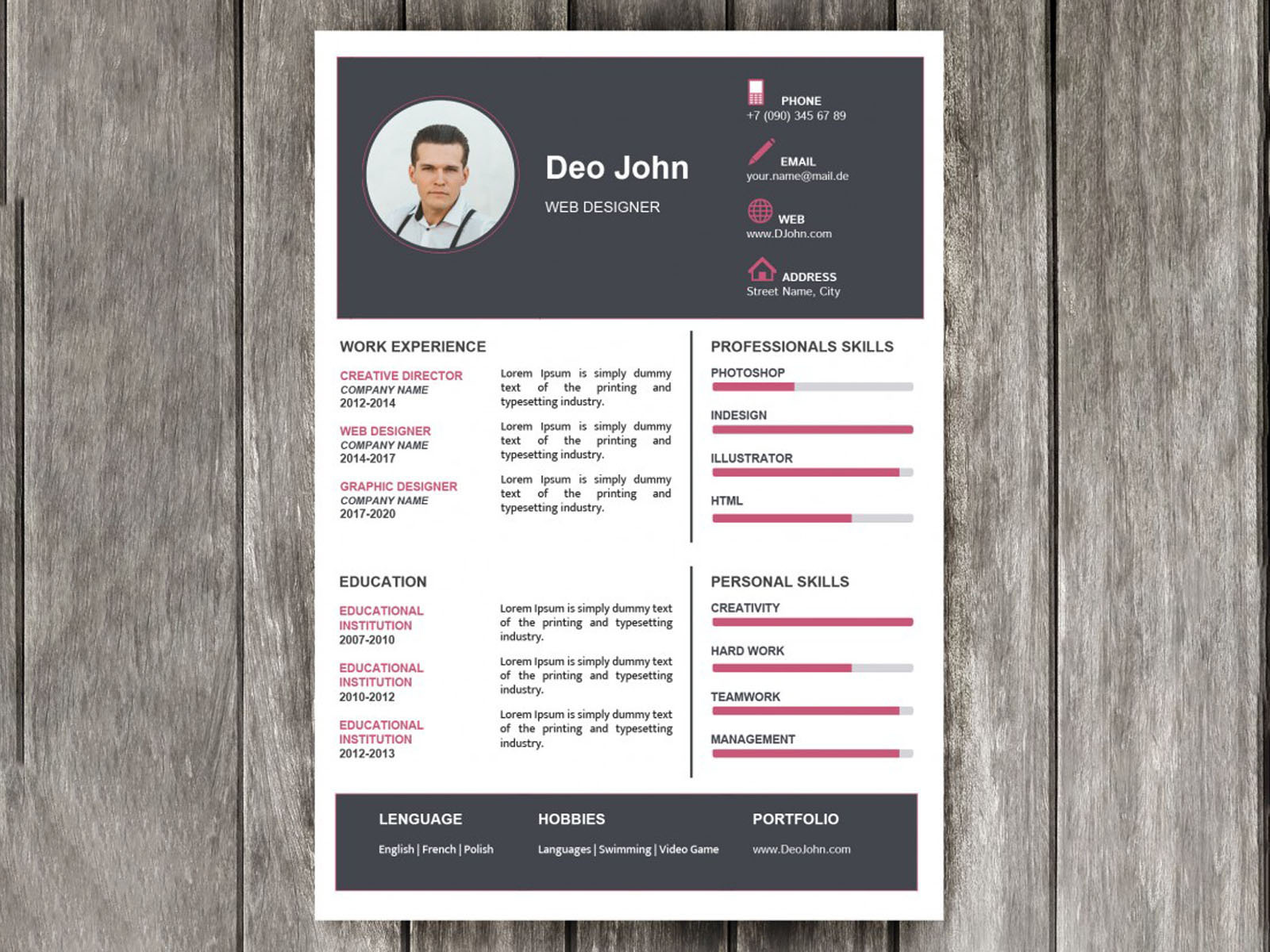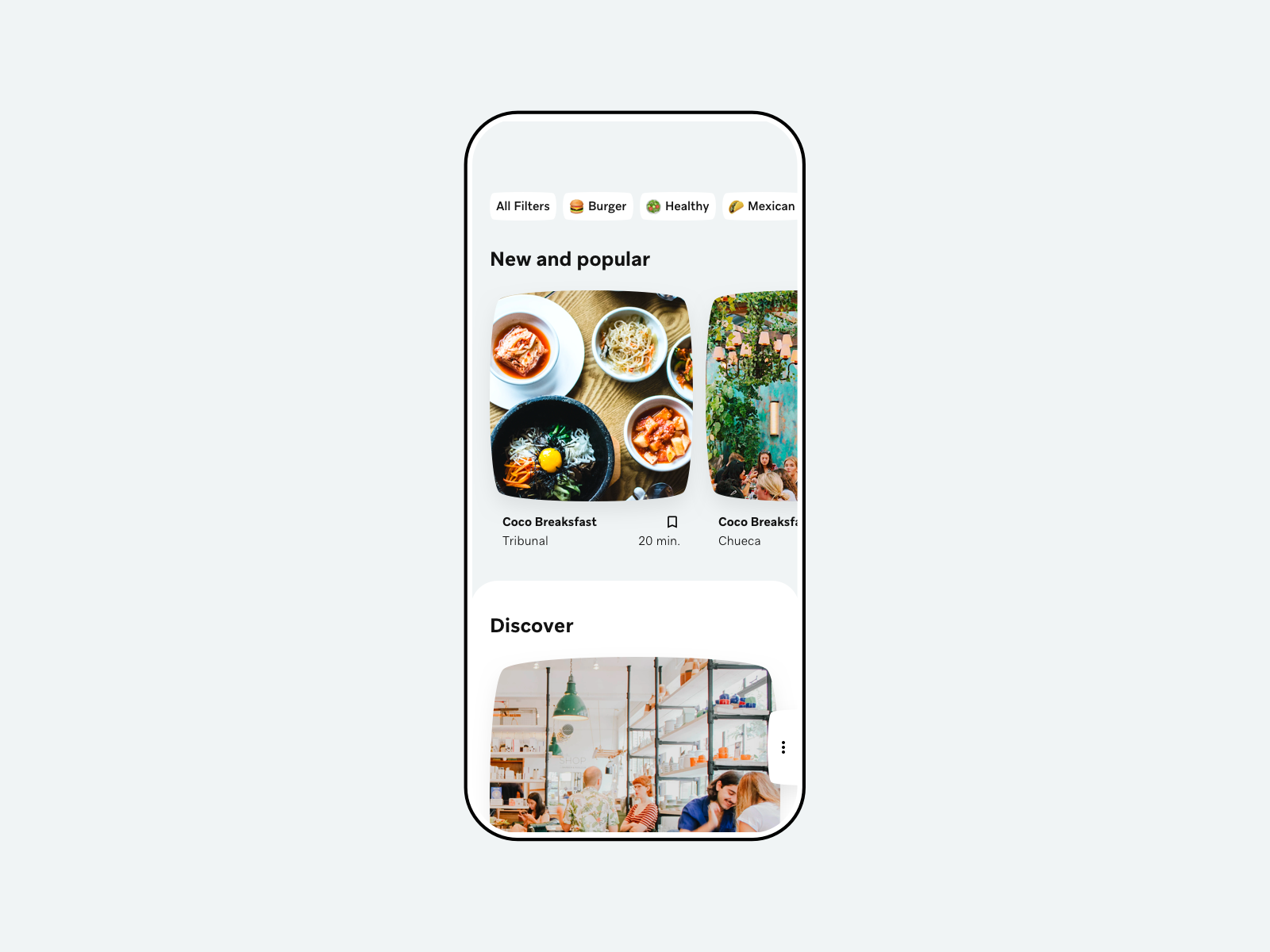

- #Google web designer templates code
- #Google web designer templates professional
- #Google web designer templates windows

You can make great motion graphics for HTML5 ads with it.
#Google web designer templates professional
Reviews by experts suggest it helps build professional websites. On the other hand, it has customizable design tools such as a pen tool, font, Google web font, etc. The drag-and-drop page builder is exceptional as it allows you to create website visuals on Linux, Mac, and Windows. If you are a beginner who wants to build a website to attract more business, it offers a great GUI. It is great to design and create HTML5 videos, images, and web content. It is a great app that you can use to design the visuals of your website.

Have you heard of Google Web Designer before? If you haven’t heard of it, you must educate yourself about it. Google web designer is one of the hot tools that most people and businesses use to enhance the visuals of their website.ĭo you want to know if the tool is actually good and helps develop complete web applications? If yes, you should continue reading because we will review it in detail in the upcoming sections. However, web designer apps are a lifesaver, and they can do an equally good job. A website is the brand’s face and helps it gain more exposure.Īs a start-up or a growing business, getting an expert to design a website for you may cost a lot.
#Google web designer templates code
You can even animate in 3D.Īt the end of the day, Google Web Designer makes it easy for you to design a wide range of web ads, without even having to write a line of code yourself, which is a big plus.Is Google Web Designer Worth it in 2022? Nowadays, web designers are sought after by most organizations due to their expertise. This is far from efficient.ĭespite this, it’s relatively simple to animate any objects on the screen, and the end result works very well. The timeline will tell you which objects are animated, but you won’t know which parameters unless you play the animation. Once that’s done though, any changes to make to that same parameter at another point along the timeline will be set automatically, as you’d expect.įrustratingly, you have no way of knowing which parameters are actually set to be animated, which means that should you go back to your project at a later date you will not know at a glance which asset’s values are set to move and when. There’s no button to lock a value in place to start the process, so manually altering the value and then putting it back is the only way for the app to know which parameter you are about to alter over time. The app’s approach is a little obscure though, as once you’ve set a keyframe, you need to alter the value of the parameter you wish to animate to set that parameter as one you wish to animate. If you’re used to filmmaking, you’ll get the gist of it pretty quickly. It is of great use to you tough, if you want sleek animations and web-compliant code.Īnimation is a little convoluted, but you quickly master it (Image credit: Google) AnimationĪnimating is a simple matter of setting keyframes at various points in time. Of course, if all you need is a static image, then you wouldn’t need Google’s app. Google Web Designer can’t create assets for you, and you should use a different app like Photoshop to get them ready first. However, this isn’t an image compositing tool. When most apps these days allow you to alter an asset directly, this feels a little awkward at first, although you do get used to it. Manipulating them isn’t as intuitive as you might be used to with other creative apps, and you’ll find yourself visiting the properties panels often to make even simple changes to your assets. The files you use in your project can be brought in through the Import Assets command, or more simply, by dragging and dropping them onto your workspace.

#Google web designer templates windows
Sections can become free-floating windows for instance, and tabs can be reordered, groups can be resized, panels can be added to different groups, etc., making for a remarkably flexible system. The workspace is extremely flexible, and just because sidebars appear in a location when you open the app, doesn’t mean they have to remain there if you prefer a different work environment. A template helps you hit the ground running providing you with a ready-made format (Image credit: Google) Interface


 0 kommentar(er)
0 kommentar(er)
